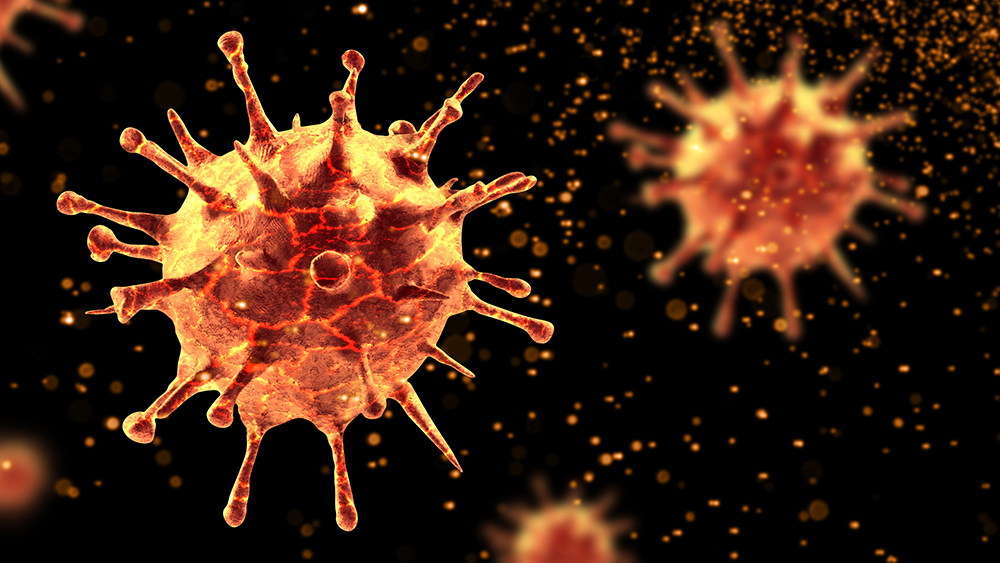
The study, which is published in the 9th report from the WHO Collaborating Centre for Infectious Disease Modelling within the MRC Centre for Global Infectious Disease Analysis, is widely credited for shaping government policies in the U.S. and U.K. on how to handle the pandemic, considered by many to be on the most serious global health crisis in generations.
"We use the latest estimates of severity to show that policy strategies which aim to mitigate the epidemic might halve deaths and reduce peak healthcare demand by two-thirds, but that this will not be enough to prevent health systems being overwhelmed," explained Neil Ferguson, head of the MRC GIDA team and the director of the Abdul Latif Jameel Institute for Disease and Emergency Analytics (J-IDEA). "More intensive, and socially disruptive interventions will therefore be required to suppress transmission to low levels."
"It is likely such measures – most notably, large scale social distancing – will need to be in place for many months."
Ferguson and his team at Imperial College have been instrumental in dealing with past epidemics – including SARS, avian flu and swine flu. Epidemiologists, as well as governments, around the world, take their models into account when drafting policies.
Crunching the numbers
In the study, the team looked at public health measures that are currently used to stem the coronavirus tide. The team, in particular, took five measures into account, both independently and in combination, including:
- Home isolation, where a person showing symptoms of the disease stay at home for seven days after the onset of symptoms
- Home quarantine, where all household members remain at home for two weeks after the onset of symptoms in one person
- Social distancing, where policies are in place to limit overall contact – except for households, schools and workplaces
- Social distancing for the elderly, particularly those over 70 years old who have the highest risk of severe infection
- Closure of schools and universities
The team developed two different models, based on the intensity of the interventions.
The first model, which sought to slow the spread of the coronavirus, would combine home isolation, home quarantine and social distancing for those over the age of 70. According to the team, this model can significantly ease the healthcare burden by as much as two-thirds, and reduce overall fatalities by half over a three- to four-month period. However, this could still have an outcome of around 250,000 deaths, which will still overwhelm hospitals.
The second model, which they designed to suppress the outbreak, would require entire populations to practice social distancing, home isolation and home quarantine, and even closure of schools and universities. While this can potentially interrupt sustained community transmissions and significantly reduce the number of new cases, researchers warn that policymakers must still be vigilant, since there is a risk of an upswing in cases in the winter months. The researchers are studying outcomes in China and South Korea – which have enforced similar models – to help them understand the impact of this strategy.
As for its impact on the U.K. and the U.S., the team said that placing the most stringent traditional interventions are needed to contain the virus' spread early on. Once these are in place, governments can explore the measures to improve the interventions. (Related: Isolation, quarantine and social distancing: Practice these essential strategies to stop the spread of coronavirus.)
"Our results indicate that widescale social distancing measures, that are likely to have a major impact on our day-to-day lives, are now necessary to reduce further spread and prevent our health system being overwhelmed," concluded Azra Ghani, who heads the MRC GIDA infectious disease epidemiology unit. "Close monitoring will be required in the coming weeks and months to ensure that we [minimize] the health impact of this disease."
In response to the report, the World Health Organization released this statement: "Data to date suggest that 80% of infections are mild or asymptomatic, 15% are severe infection, requiring oxygen, and 5% are critical infections, requiring ventilation."
WHO Director-General Tedros Adhanom Ghebreyesus encouraged countries to develop their own responses to the coronavirus pandemic. Speaking to the press last week, Tedros noted that world governments should develop blending strategies that aim to control the rate of new infections, as well as push the deadly virus back.
"It’s not about containment or mitigation – which is a false dichotomy,” he stressed. “It’s about both."
Sources include:
Please contact us for more information.






















